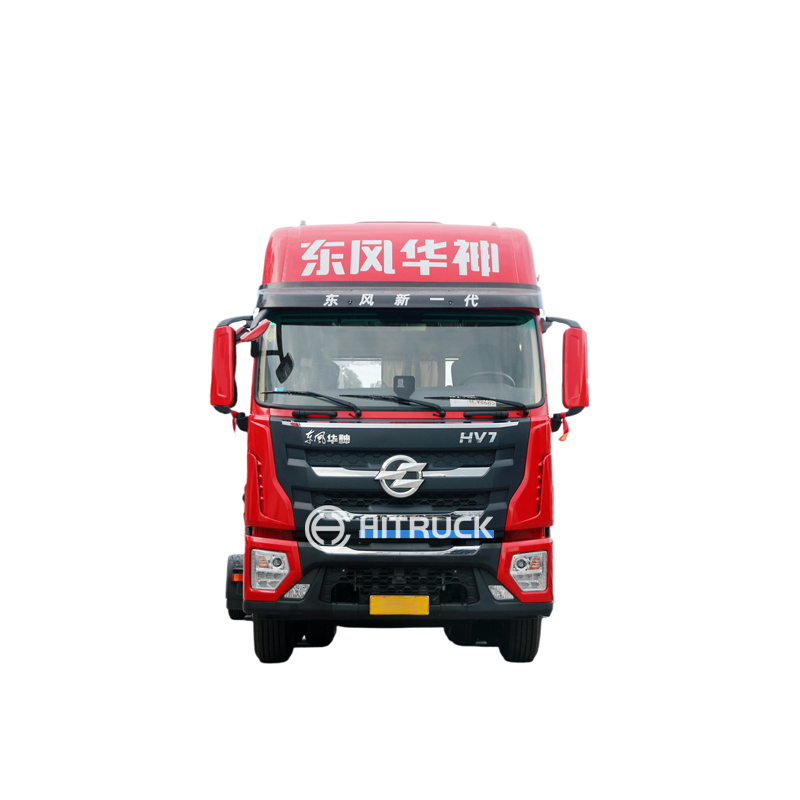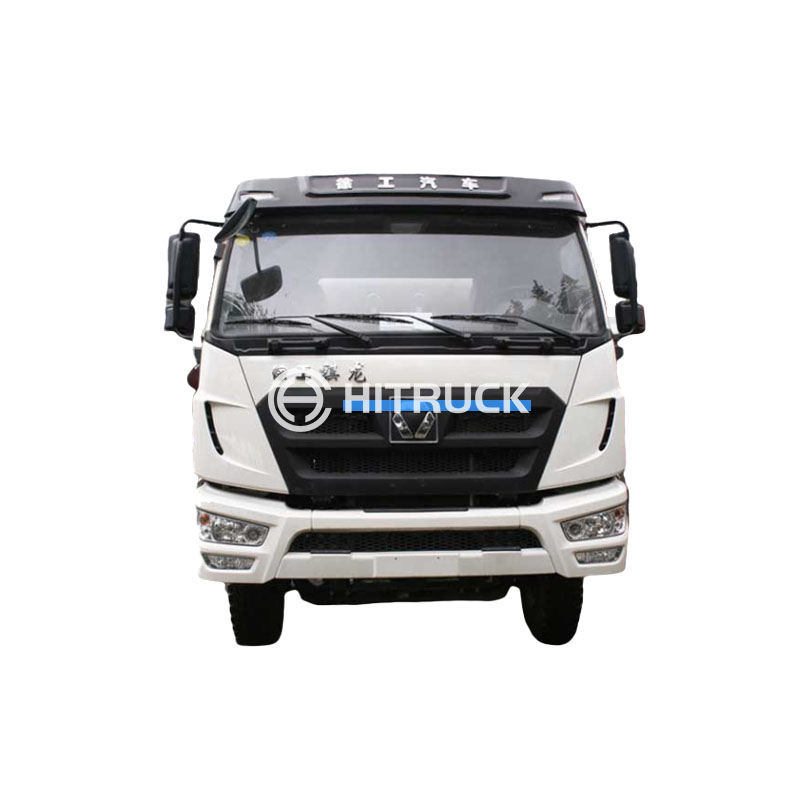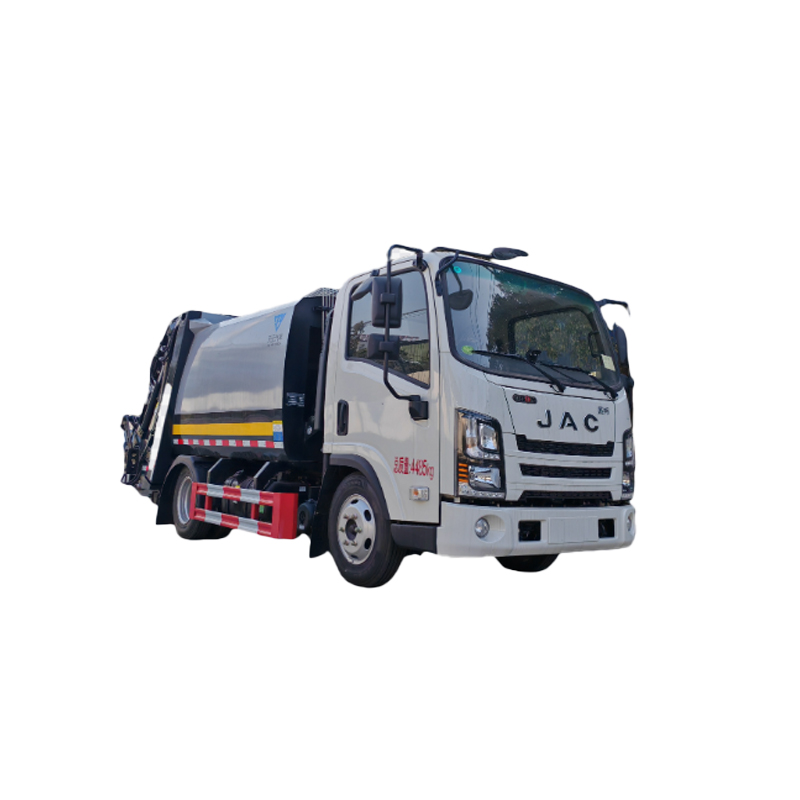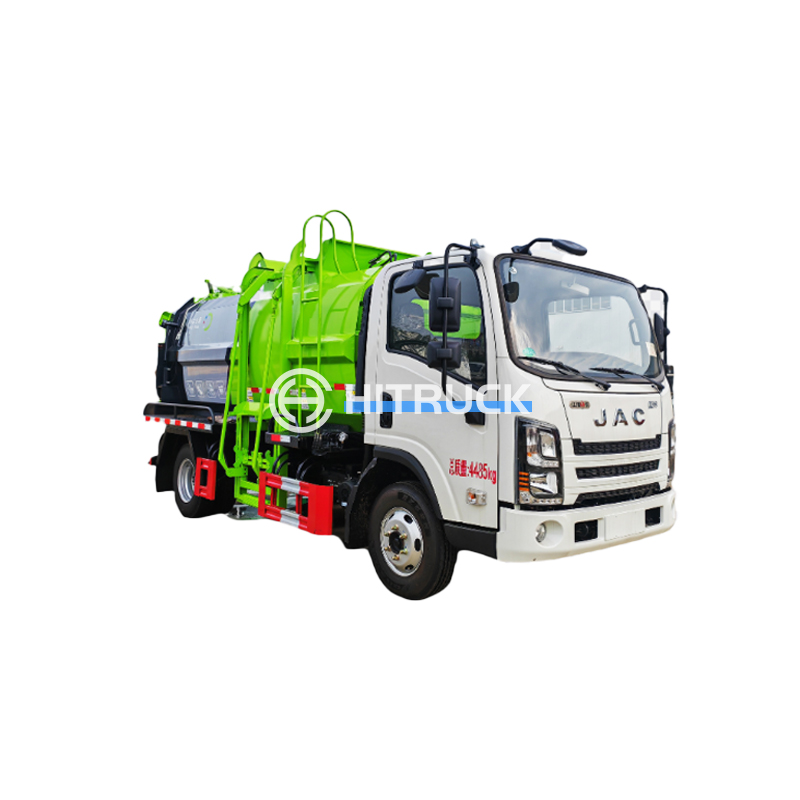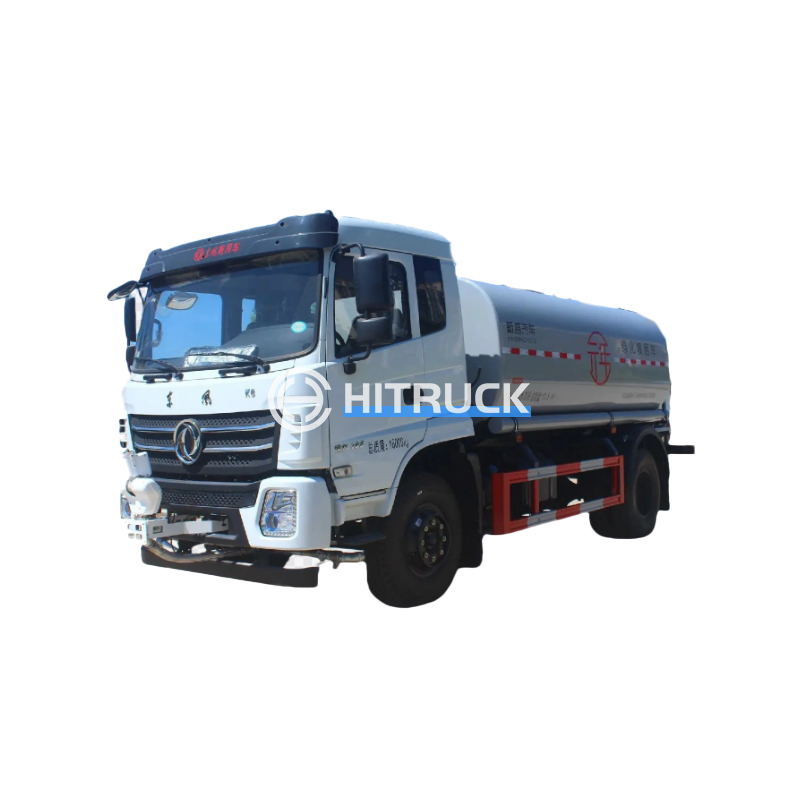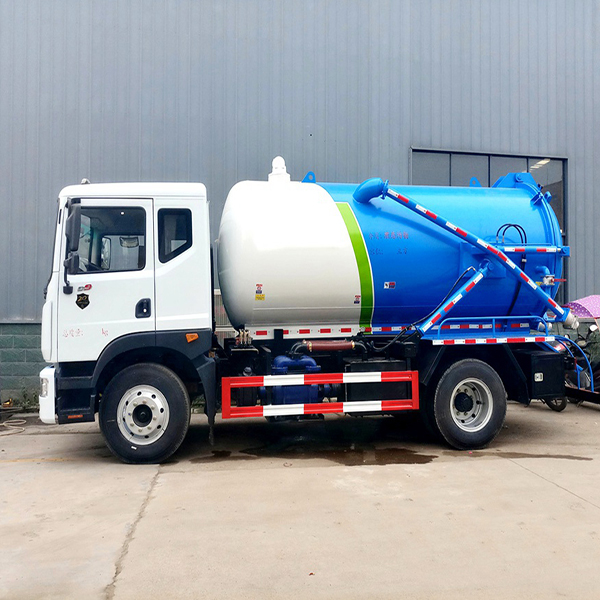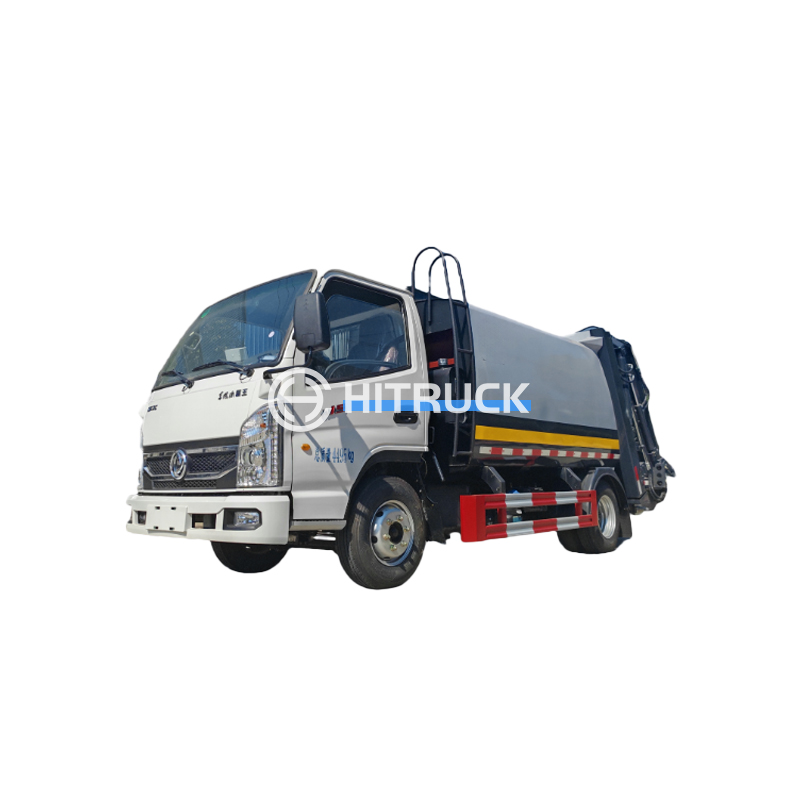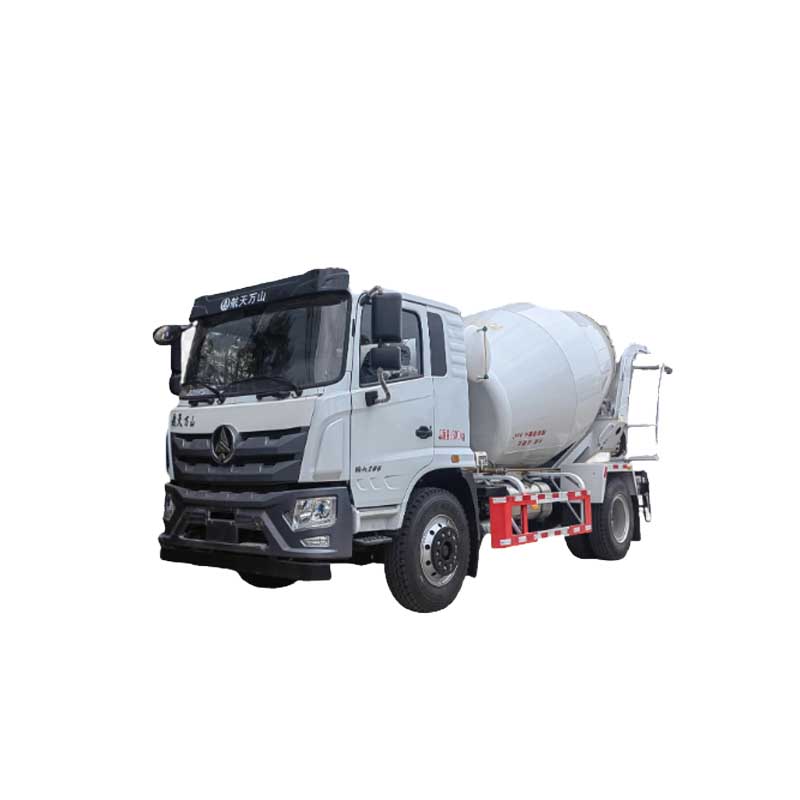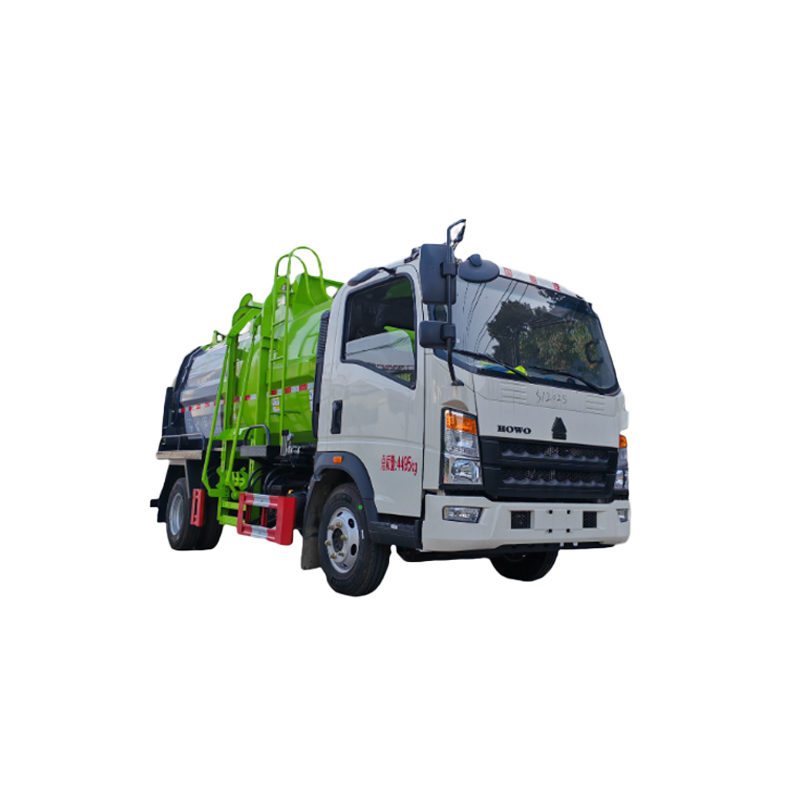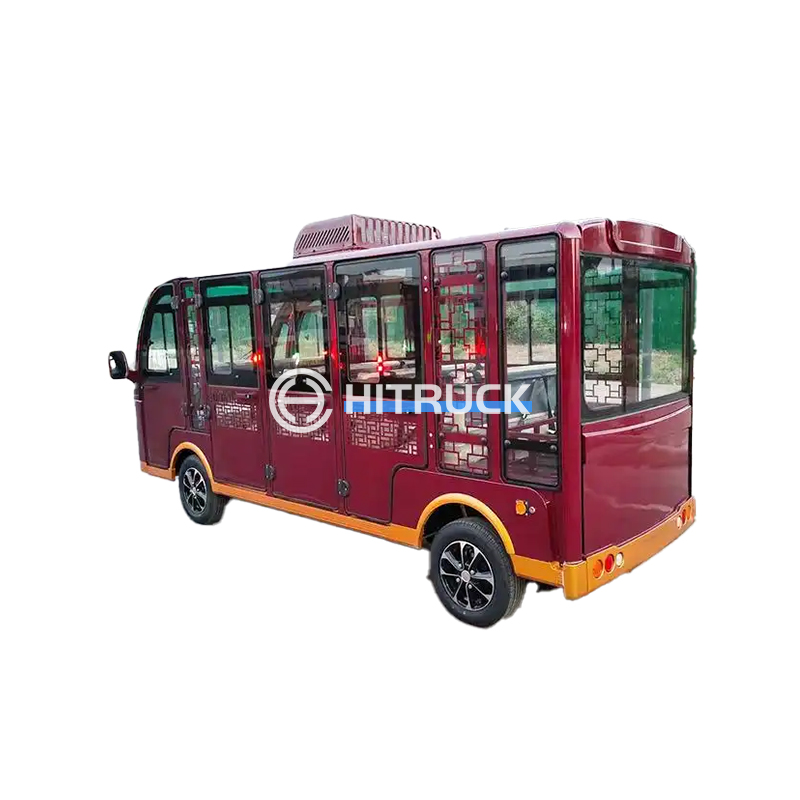This guide provides a detailed overview of electric overhead cranes, covering their types, applications, safety features, maintenance, and selection criteria. Learn how to choose the right crane for your specific lifting needs and ensure safe operation.
Electric overhead cranes, often in the form of bridge cranes, are fundamental to many industries. Bridge cranes consist of a bridge structure spanning the work area, with a hoist trolley moving along the bridge. They offer a wide range of lifting capacities and span lengths, making them adaptable to various applications. Factors to consider include the lifting capacity (tonnage), span, and the required lifting height.
Similar to bridge cranes, gantry cranes have a bridge structure, but instead of running on elevated rails, they stand on legs on the ground. This makes them suitable for outdoor use or areas where overhead rail installation is impractical. Gantry cranes are often used in construction, shipbuilding, and other outdoor operations. The choice between a bridge and gantry crane depends largely on the existing infrastructure and the work environment.
Jib cranes offer a more compact solution for lifting loads in a smaller work area. They are typically mounted on a wall or column, with a jib arm extending outwards to support the hoist. While not strictly an electric overhead crane in the same way as bridge and gantry cranes, they utilize a similar electric hoisting mechanism and fulfill similar lifting tasks in specific settings. Consider jib cranes when space is limited and lighter lifting capacities are required.
The lifting capacity, typically measured in tons, is a crucial factor. Consider the heaviest load you anticipate lifting. The span, which is the distance between the crane's support columns or rails, determines the working area. Proper assessment of both is critical to ensure safety and efficiency.
Different hoist mechanisms are available, including wire rope hoists and chain hoists. Wire rope hoists are generally used for heavier lifting capacities, while chain hoists are preferred for lighter loads and applications requiring precision.
Safety is paramount when operating electric overhead cranes. Essential safety features include overload protection, emergency stop buttons, limit switches to prevent over-travel, and anti-sway mechanisms. Regular inspection and maintenance are crucial to ensure the continued safety and reliability of the equipment.
Regular maintenance and servicing are vital for extending the lifespan and ensuring safe operation of your electric overhead crane. This includes lubrication, inspections of all components, and prompt repairs of any identified issues. Consult the manufacturer’s recommendations for a suitable maintenance schedule.
Choosing the appropriate electric overhead crane involves careful consideration of several factors. The following table provides a comparison of common crane types to help you make an informed decision:
| Crane Type | Lifting Capacity | Span | Application | Advantages | Disadvantages |
|---|---|---|---|---|---|
| Bridge Crane | Wide Range | Wide Range | Factories, warehouses | High capacity, versatile | Requires overhead rails |
| Gantry Crane | Wide Range | Wide Range | Outdoor, construction | No overhead rail needed, adaptable | Less maneuverable than bridge cranes |
| Jib Crane | Limited | Limited | Small workshops, maintenance | Compact, cost-effective | Lower lifting capacity |
For more information on electric overhead cranes and to find a reputable supplier, visit Suizhou Haicang Automobile sales Co., LTD.
Remember, always consult with qualified professionals for the selection, installation, and maintenance of your electric overhead crane to ensure safe and efficient operation. Safety regulations and local codes should be strictly followed.


